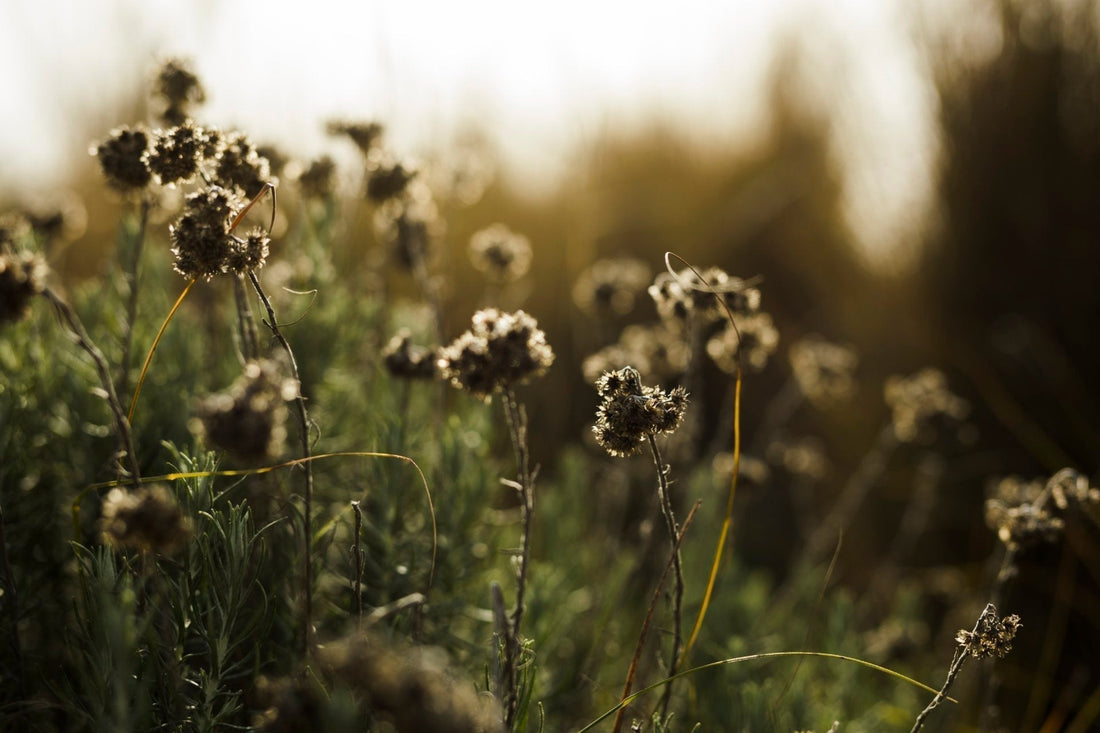
How to Plant Wildflowers Seed – A Step-by-Step Guide
Share
Table of Contents
- When is the best time to plant wildflowers seed?
- Where should you plant wildflowers for best results?
- How do you prepare the soil for planting?
- How do you sow wildflowers seed properly?
- How much seed should you use per area?
- Should you cover wildflower seeds with soil?
- How often should you water wildflower seeds?
- What are some common mistakes to avoid?
- Conclusion
When is the best time to plant wildflowers seed?

Timing is key when learning how to plant wildflowers seed. The two most effective times are:
-
Spring (after last frost): Soil should be at least 55°F. This gives seeds time to germinate and bloom during the same growing season.
- Fall (before first frost): Seeds lie dormant over winter and bloom in spring. This is ideal in warmer climates with mild winters.
Choose the season based on your region’s climate. In colder areas, spring planting avoids frost damage. In milder zones, fall planting provides natural cold stratification, which helps some seeds germinate better.
Where should you plant wildflowers for best results?

Wildflowers thrive best in areas that receive at least 6 hours of direct sunlight per day. When picking a spot:
- Avoid low-lying areas that hold water.
- Select well-drained, open spaces.
- Consider slopes, meadows, unused lawn sections, or garden beds.
Some wildflower mixes are tailored for partial shade, but most need full sun. Always read the seed packet instructions to match the location with the mix.
How do you prepare the soil for planting?

Proper soil preparation increases germination success and flower density. Follow these steps:
-
Clear the area: Remove all grass, weeds, mulch, or debris. These compete for resources and can block seed contact with soil.
-
Loosen the top 1–2 inches of soil: Use a rake, hoe, or rototiller to create a soft surface. This improves seed-to-soil contact and water absorption.
- Do not add fertilizer: Most wildflowers prefer low-nutrient soils. Fertilizer may encourage weed growth instead of flowers.
If you’re planting in poor or compacted soil, just removing existing vegetation and loosening the surface can be enough for most mixes.
How do you sow wildflowers seed properly?

Here’s how to plant wildflowers seed correctly:
-
Mix seed with sand: Blend 1 part seed with 3–5 parts dry sand. This helps you spread seeds evenly and see where you’ve sown.
-
Broadcast evenly: Spread half the mix walking in one direction, then the other half in a crisscross pattern to ensure full coverage.
- Press into soil: Use a lawn roller or gently walk over the area to press seeds into the soil. This improves contact without burying them.
Avoid sowing on windy days, as light seeds can easily blow away.
How much seed should you use per area?

The right amount of seed depends on whether you're planting for full coverage or a natural look:
|
Area Size |
Wildflower Seed Needed (average) |
|
100 sq. ft. |
1 oz (light cover) |
|
1,000 sq. ft. |
10 oz to 1 lb |
|
1 acre |
10–20 lbs |
Using too much seed can cause overcrowding. This leads to weaker plants and less blooming. Geva Grow’s wildflower seed packs are labeled for coverage area to help you plant the correct amount.
Should you cover wildflower seeds with soil?

Most wildflower seeds should not be deeply buried. They need light to germinate. Here’s what to do:
-
Do not cover seeds more than 1/8 inch deep.
- After sowing, lightly rake or pat the area to settle the seeds into the surface.
- A thin layer of straw or weed-free mulch can be added in windy areas to prevent seeds from blowing away.
Avoid using dense mulch or heavy watering right after sowing—it can wash seeds away or bury them too deeply.
How often should you water wildflower seeds?

Watering is crucial in the first few weeks:
-
Days 1–14: Lightly water once or twice a day to keep soil evenly moist but not soaked.
- Week 3 onward: Reduce watering frequency as seedlings establish. Once mature, most wildflowers are drought-tolerant.
If you’re planting in spring, ensure consistent moisture during germination. In fall plantings, natural rainfall often provides enough water.
Tip: Use a fine mist or gentle spray to avoid displacing seeds during watering.
What are some common mistakes to avoid?

Planting wildflowers is simple, but a few common errors can affect results:
-
Not clearing weeds before planting: Competition from grass and weeds can choke out wildflower seedlings.
-
Overwatering or underwatering: Inconsistent moisture leads to failed germination.
-
Planting too deep: Seeds buried too far won’t get the light they need.
-
Using too much seed: Leads to overcrowding and poor bloom quality.
- Choosing the wrong location: Shade or poor drainage will reduce success.
Avoiding these issues can significantly increase the success of your wildflower garden.
Conclusion
Knowing how to plant wildflowers seed is the first step to creating a vibrant and low-maintenance landscape. Start with good site prep, use the right amount of seed, water consistently, and be patient. In just a few weeks, you’ll see sprouts—and within a couple of months, your garden will come to life with color.
At Geva Grow, we offer premium regional wildflower mixes crafted for maximum beauty and long-term success. Whether you're planting a small backyard patch or a full acre, our seeds are selected for strong performance and stunning results. Plant today and let nature bloom!








